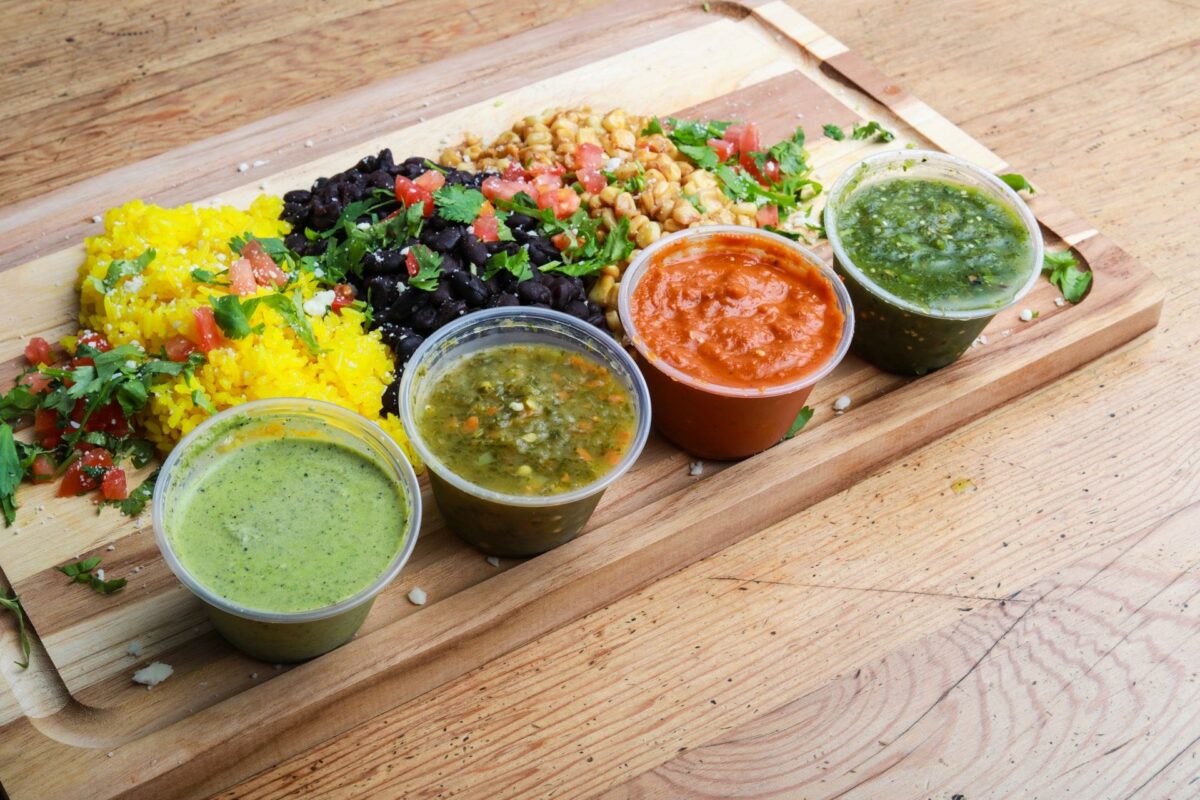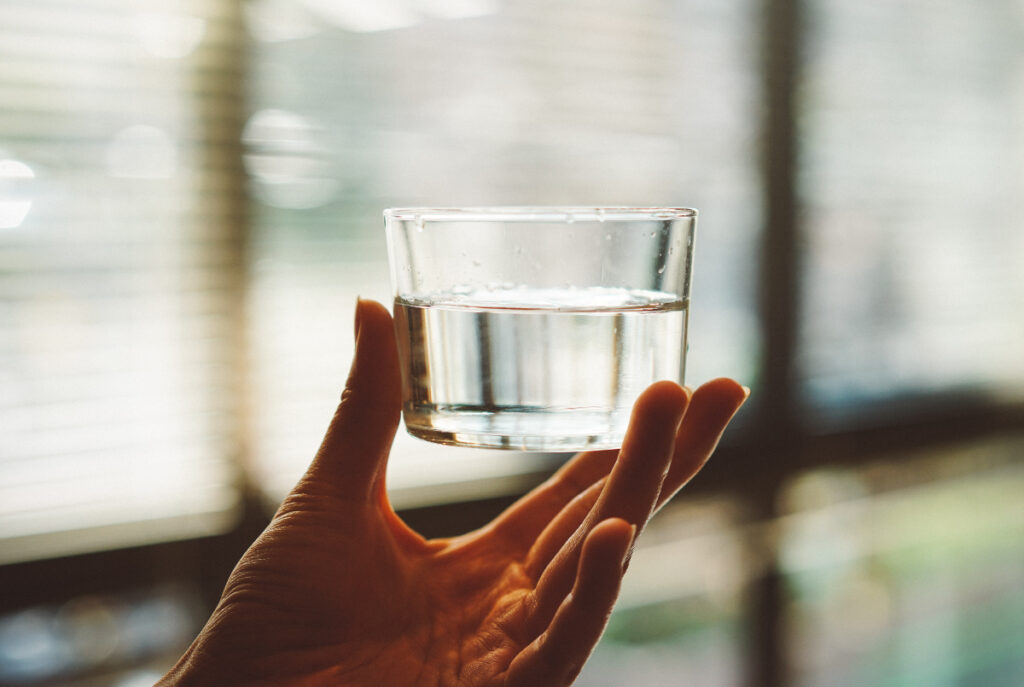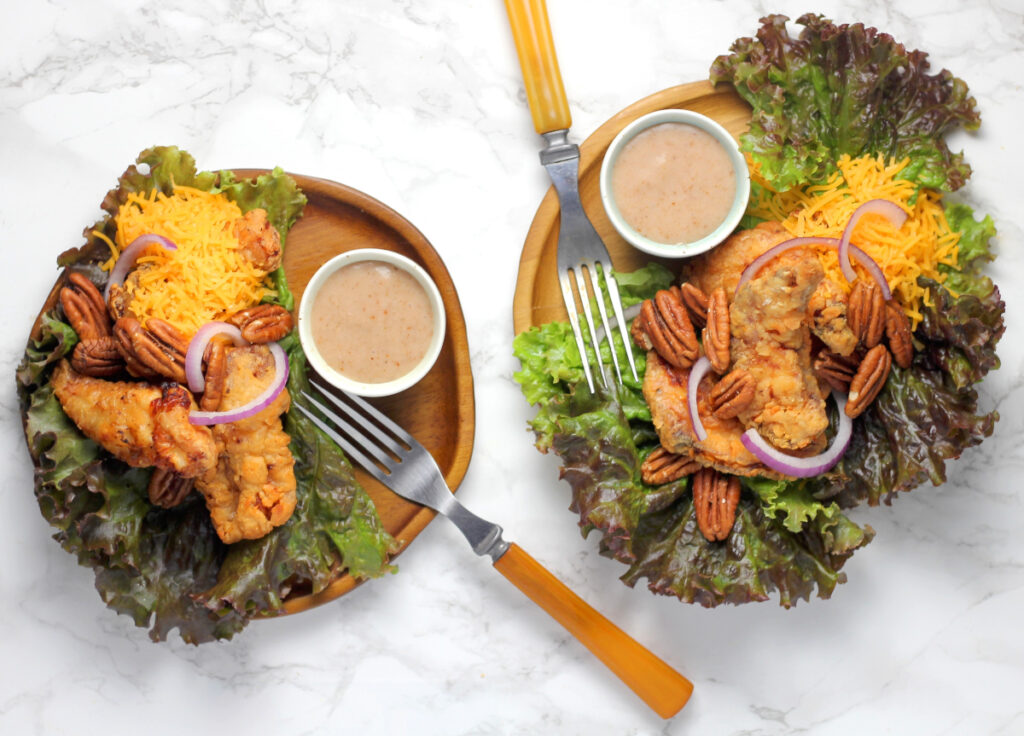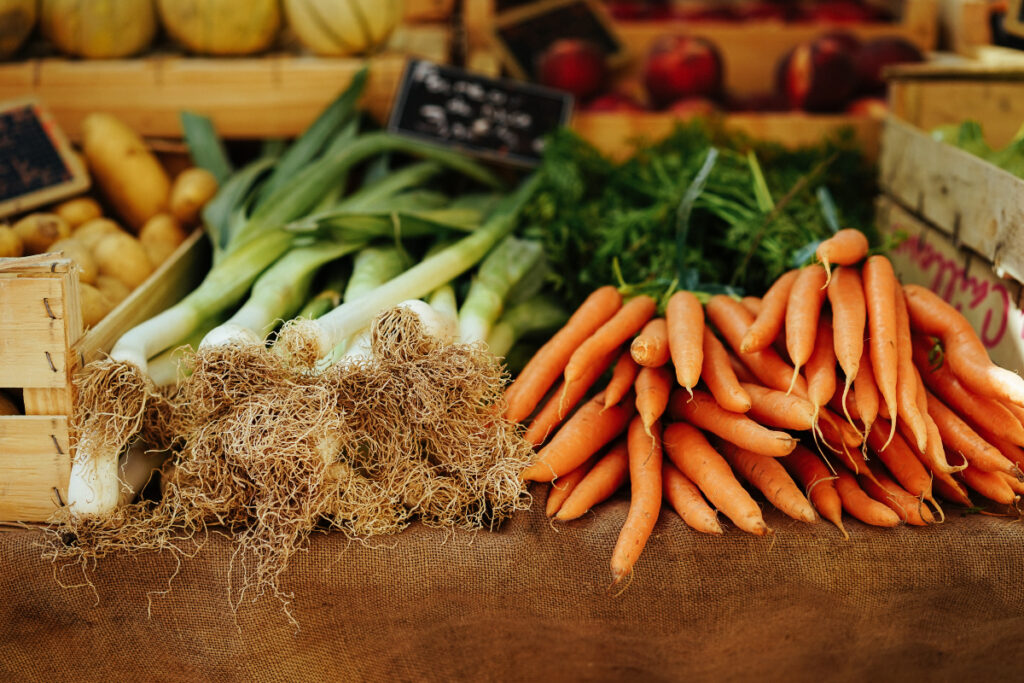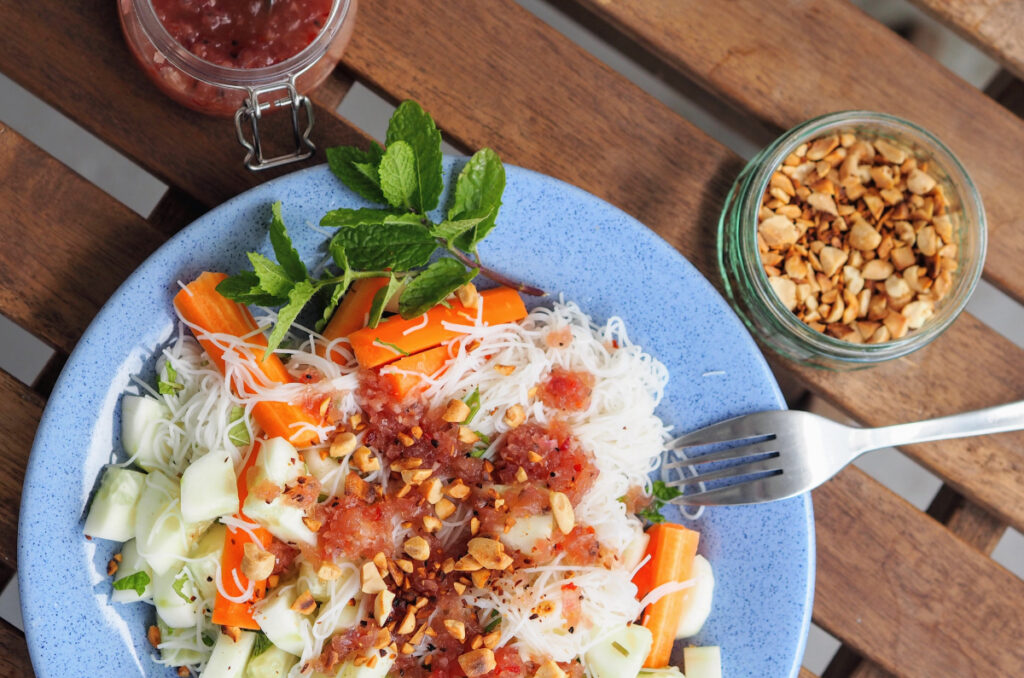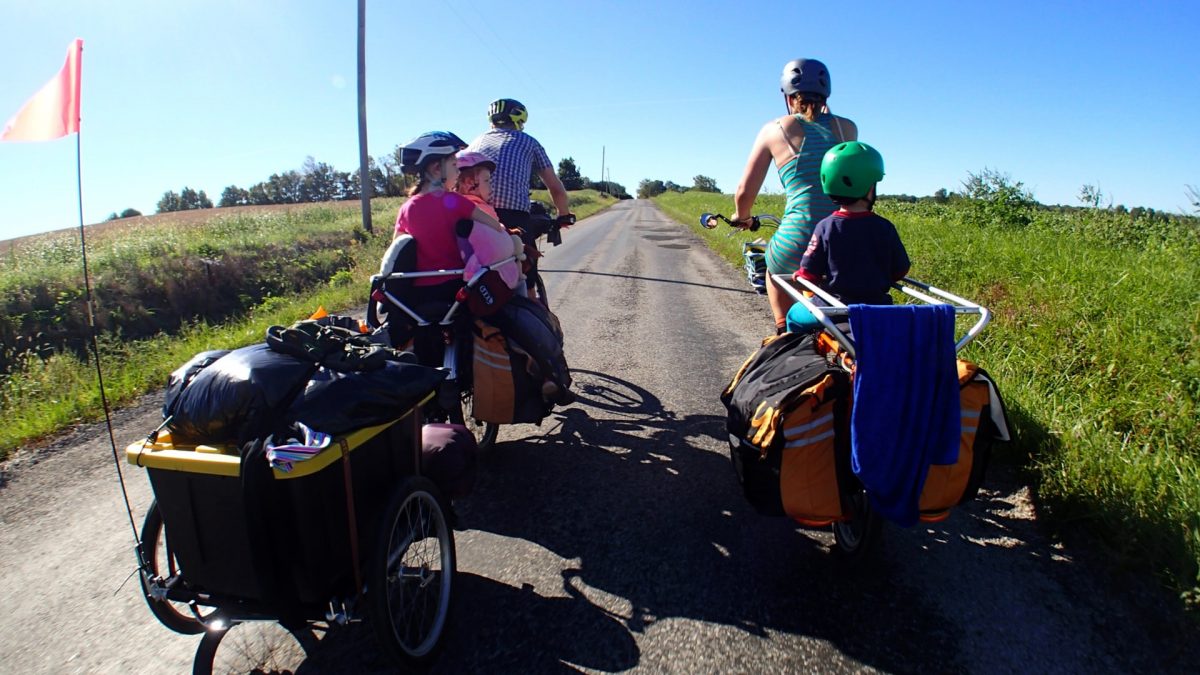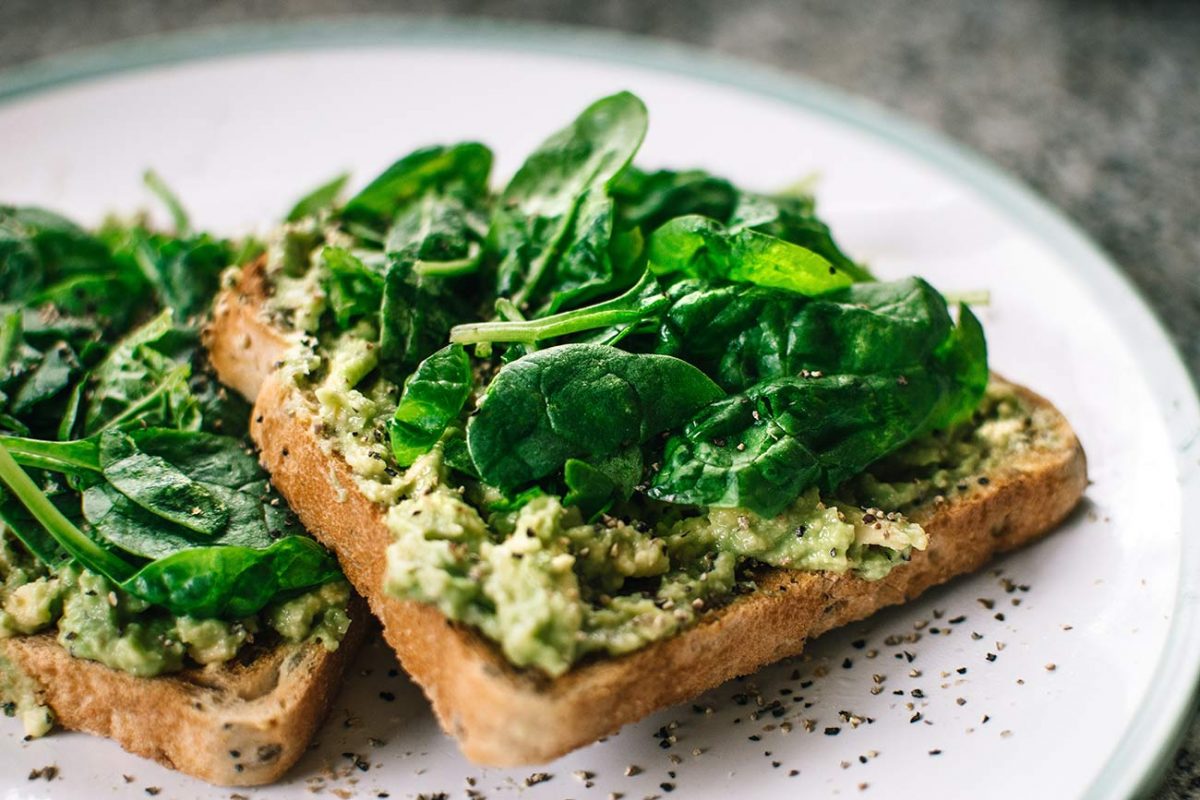Here in Australia there is a large amount of people who want to learn and understand more about the native aborigines. A recent study found that 54% of the general community in Australia would like to do more to close the gap between these two communities. A further 71% of people who were surveyed said that they are unsure as to how they can go about doing this. The most obvious option here is to ensure that we are doing all that we can to support the aborigine community, and here are some steps on doing just that.
Buying Products
The colors and patterns which the native people use in their artwork is truly spectacular and if you buy some of these items for your home, you will be directly supporting aborigines. At stores like Welcome to Country you’ll find a range of products online which you can buy, and you will be doing a great deal to support the community in the process.
Meet Aborigines and Ask Questions
Aborigines love their cultural heritage and they are more than happy to discuss it. There are only so many books which you can read, but the real stories come from the mouth of the descendants of this fascinating culture. If you know aborigine people or meet them, don’t be afraid of asking more about their culture and way of life.
Buy and Listen to Aboriginal Music
This country has a rich variety of aborigine musicians stretching across a board array of different styles. From rock to hip hop and everything in-between a lot of native musicians like to use their songs to teach more about the aborigine culture. Not only will you be learning through this route, but you can also ensure that you are supporting the culture financially.
Visit Ancient Sites and Contribute
If you check the website for the Aboriginal Land Council you will find a huge array of sites where you can visit that will teach you more about this culture. There are sacred sites all over the country and many of them will have stores and learning centers. Here you will be able to get a better grasp of why these sites are important and also donate some money to the community to keep operations going.
Read Aboriginal Newspapers
There are daily newspapers such as the Koori Mail which is a 100% aboriginal owned and run newspaper. This will give you news and insights on what is happening with the culture and will keep you up to date with what is going in that world. The newspaper can be found both in print and online, and you the proceeds of which go towards keeping the newspaper going and helping them to reach a broader market.
This is after all our heritage and it is essential that we all work hard on closing the gap and bringing aborigines back to the forefront of who we are as a nation.


